The islands of the Philippines display exceptional geographical diversity. Palawan, Siargao, Boracay, Bohol, and Cebu offer beaches, coral reefs, clear water lagoons, and geological formations. The marine national parks host a rich marine fauna. Historical sites and terraced rice paddies represent cultural heritage. Volcanoes, waterfalls, and caves illustrate the variety of the archipelago's natural landscapes.

Palawan, Philippines
Located in the Palawan archipelago, this island offers coral reefs, turquoise water lagoons, and World War II Japanese shipwrecks.
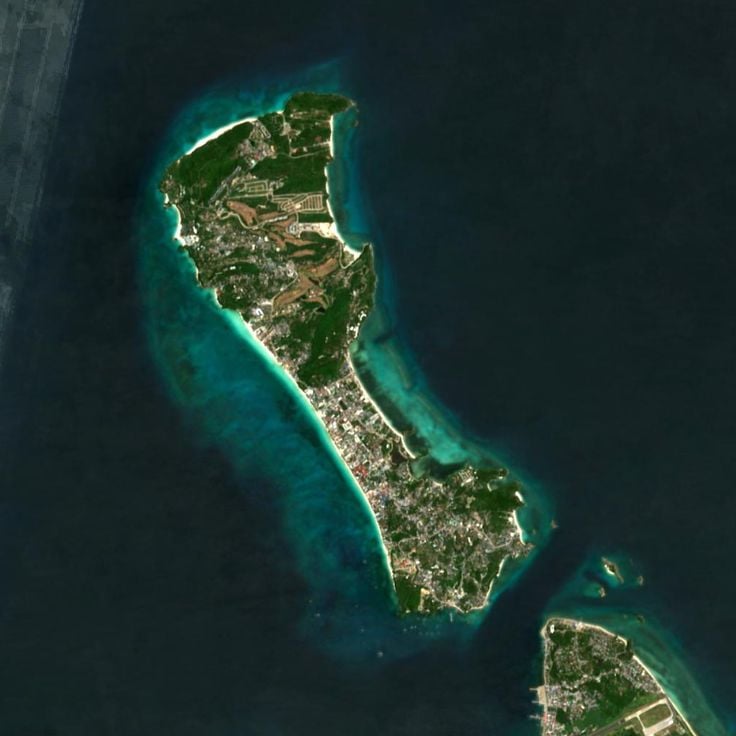
Aklan, Philippines
A 10-square-kilometer island located in the Western Visayas, bordered by 13 beaches and shallow coral reefs.
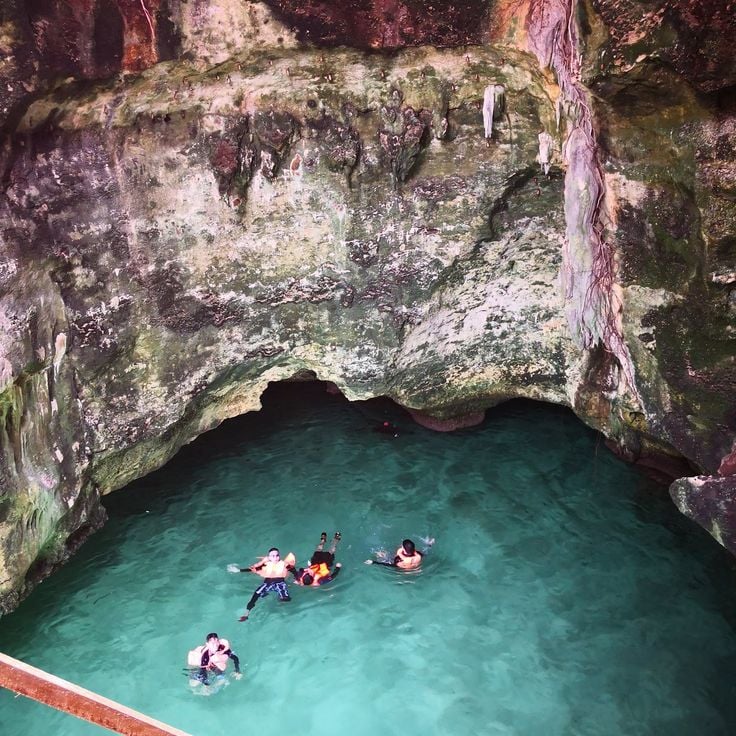
Pangasinan, Philippines
Protected area of 124 coral islands in the South China Sea. The islands feature white sandy beaches, reefs, and rock formations.
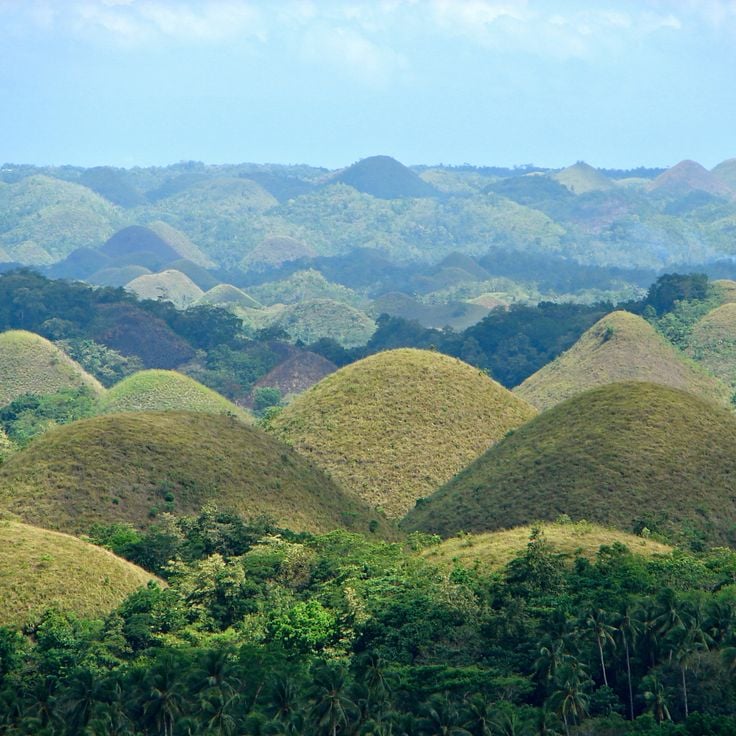
Bohol, Philippines
Natural geological formation consisting of 1268 cone-shaped hills spread over 50 square kilometers and covered with grass that turns brown in the dry season.

Surigao del Norte, Philippines
An island of 437 square kilometers in the Philippine Sea, featuring coral reefs and surf spots like Cloud 9.
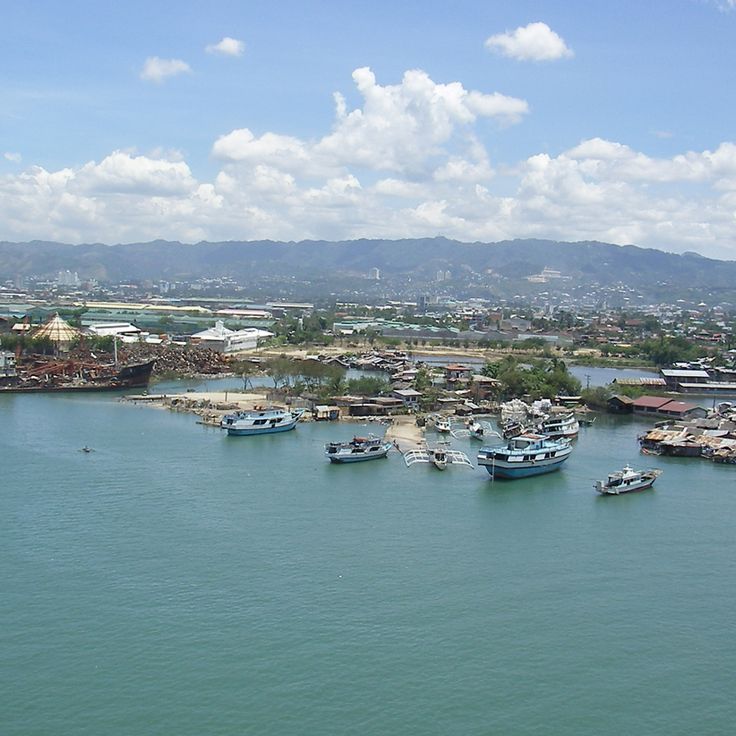
Cebu, Philippines
This island is the commercial and cultural center of the Visayas region. It houses 16th-century structures and white sandy beaches.
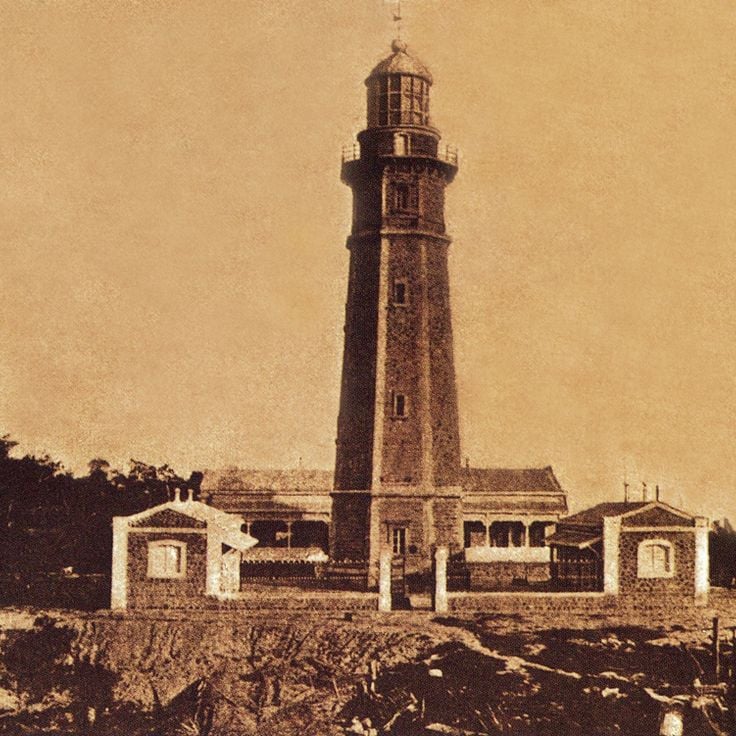
Palawan, Philippines
A 450-kilometer-long island in the western part of the Philippines with limestone cliffs, underground caves, and numerous marine lakes.
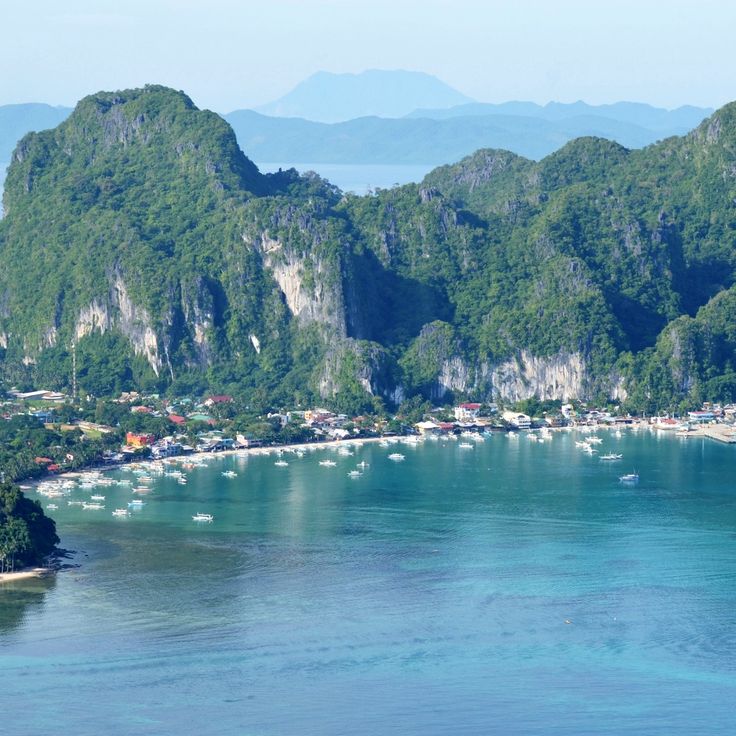
Palawan, Philippines
Coastal municipality with limestone cliffs rising above turquoise waters, white sandy beaches, and lagoons accessible by boat.

Bohol, Philippines
An island of 4117 square kilometers with more than 1200 conical limestone hills, coral reefs, and mangrove forests.

Balabac, Philippines
Small coral island in southern Philippines surrounded by a lagoon with translucent waters where colorful tropical fish swim.
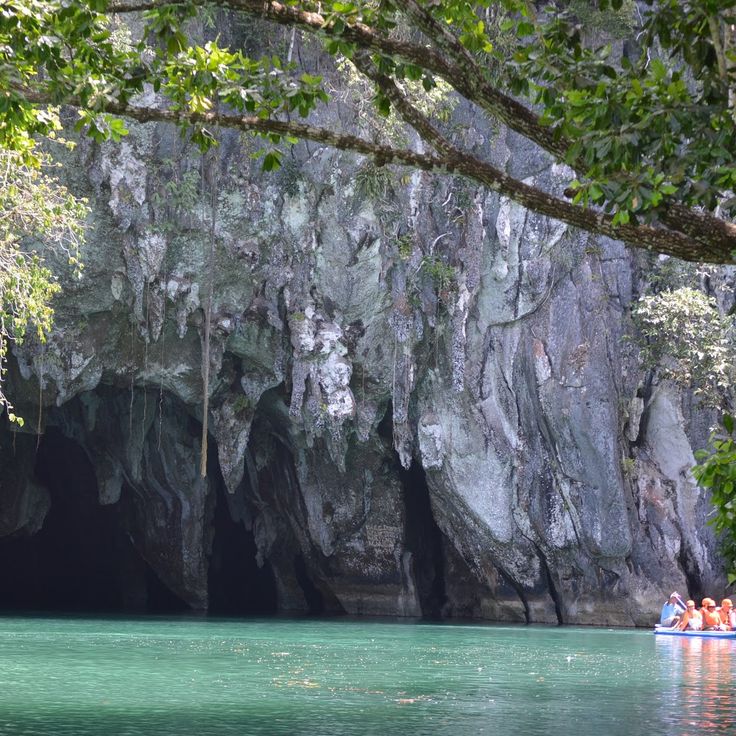
Palawan, Philippines
An 8.2-kilometer underground river system flowing into the China Sea. The site hosts bats and swallows.
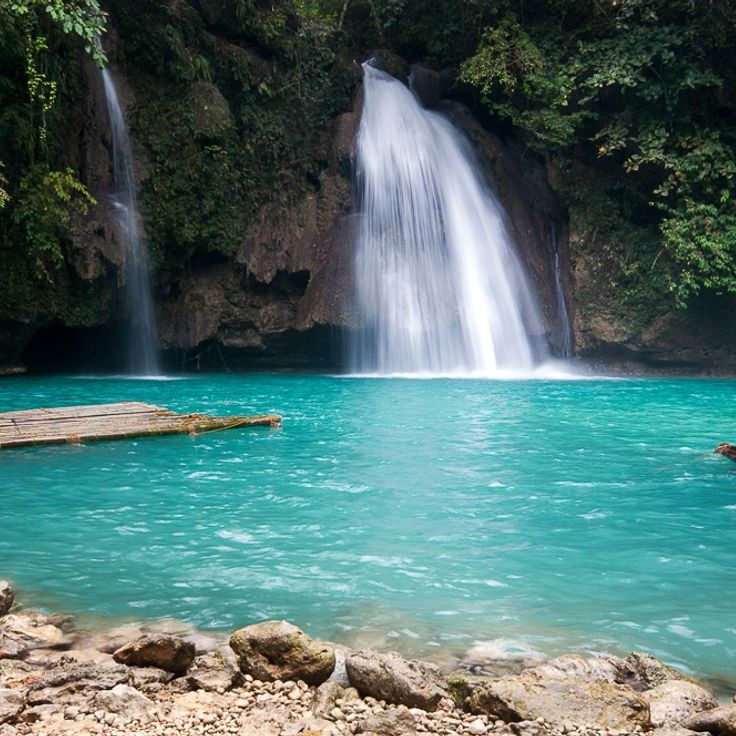
Cebu, Philippines
Series of three natural waterfalls with turquoise waters amidst the rainforest. The pools allow swimming and canyoning.
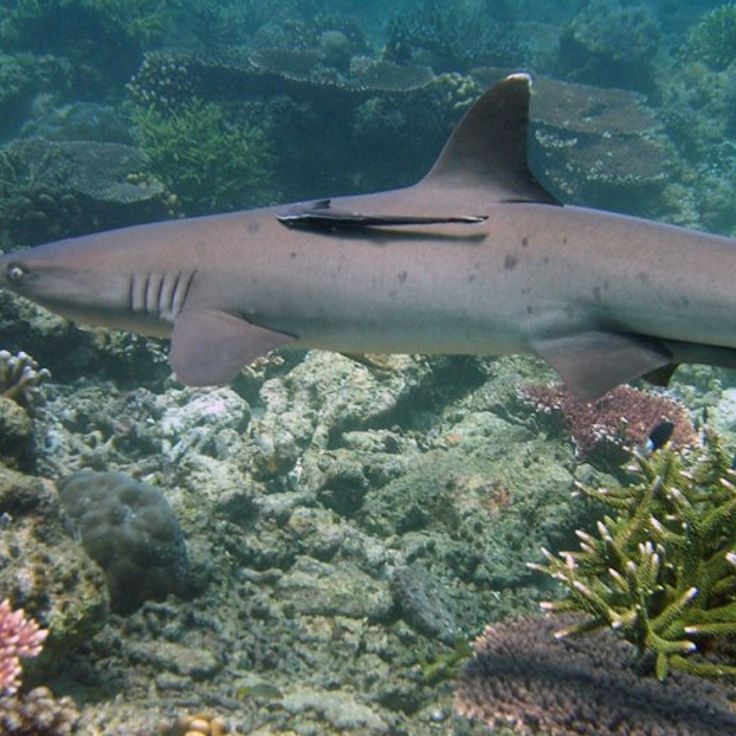
Palawan, Philippines
National marine reserve protecting 130,000 hectares of coral reefs. More than 360 species of corals and 600 species of fish inhabit these waters.

Bohol, Philippines
This Catholic church built in 1727 is the first coral stone religious structure in the archipelago. The building houses a museum of religious artifacts.
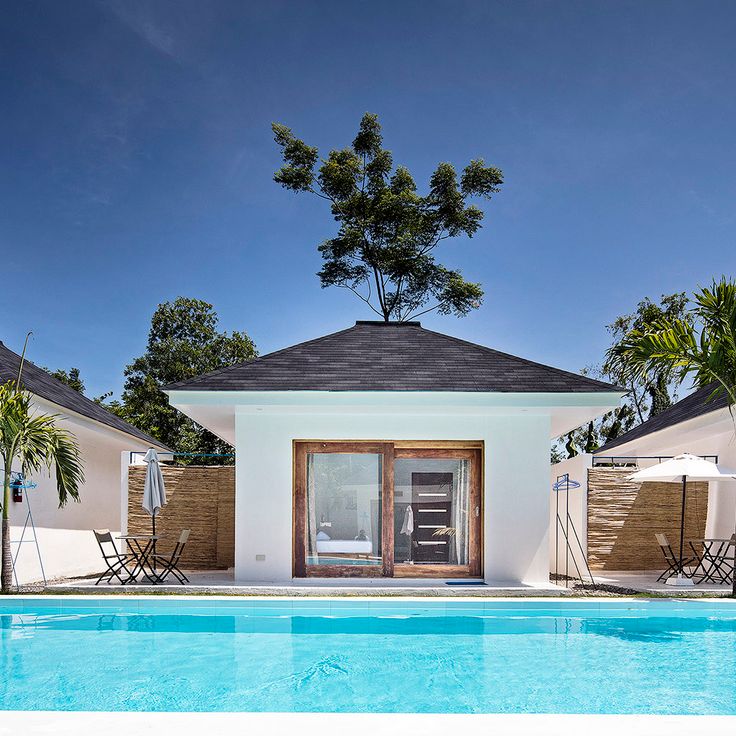
Bohol, Philippines
This 94-square-kilometer island features multiple white sandy beaches and coral reefs. Divers observe tropical fish here.
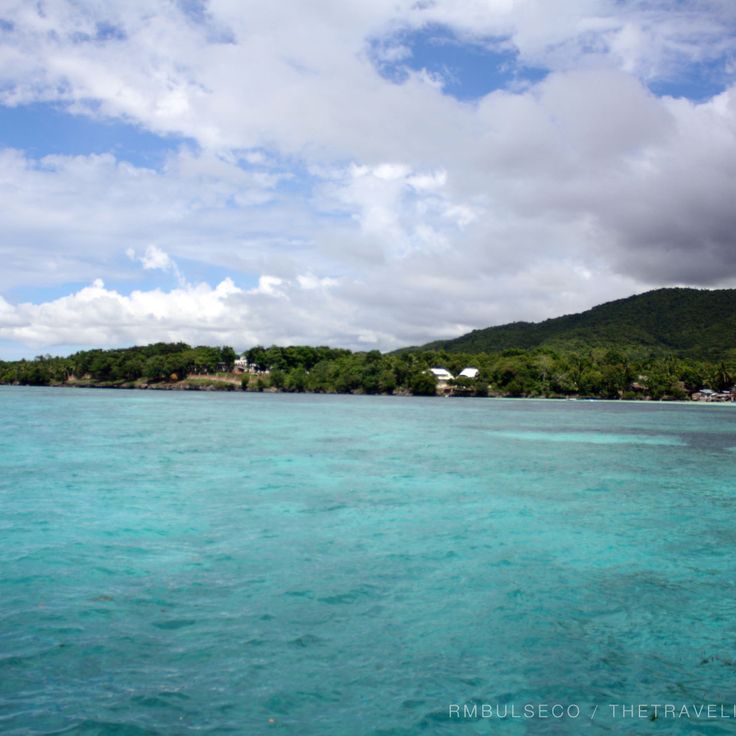
Siquijor, Philippines
An island of 343 square kilometers characterized by coral formations, natural caves, waterfalls, and white sandy beaches.
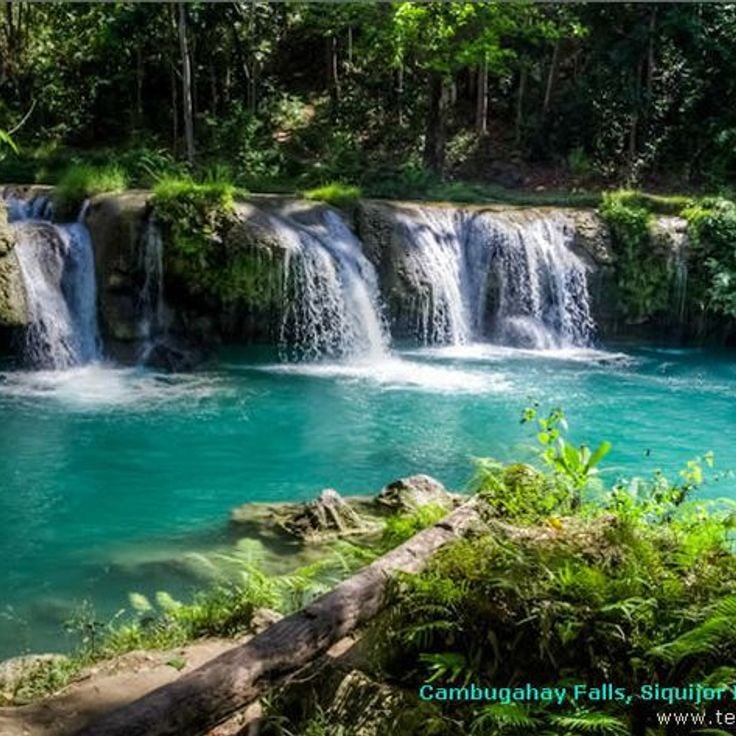
Siquijor, Philippines
System of three waterfalls with turquoise waters forming natural pools in a dense forest. The water cascades over a total height of 24 meters.
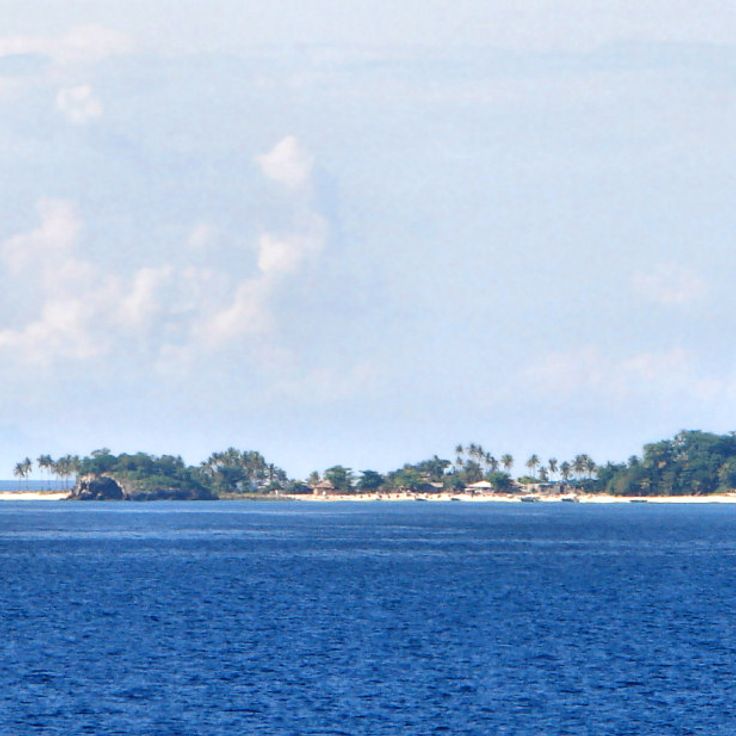
Cebu, Philippines
A 2.5-square-kilometer island north of Cebu, surrounded by coral reefs where pelagic thresher sharks swim. Divers observe these predators at dawn.

Camiguin, Philippines
An island of 238 square kilometers with seven volcanoes including Mount Hibok-Hibok. Numerous hot springs and scuba diving sites.

Coron, Philippines
Multilevel deep lake where fresh and saltwater mix between limestone rocks.
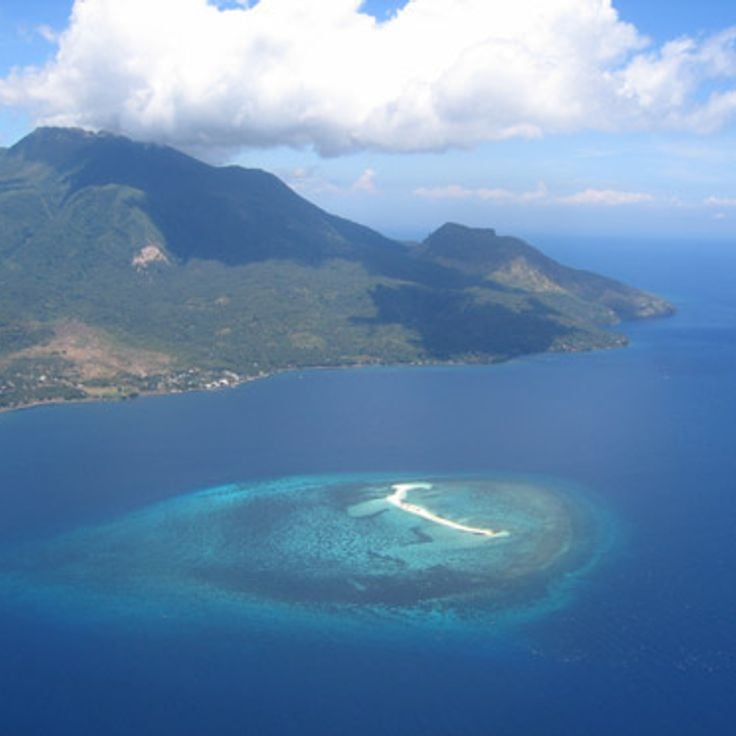
Camiguin, Philippines
A 1.5-kilometer white sandbar without vegetation located 2 kilometers from the coast. View of Camiguin's volcanoes.
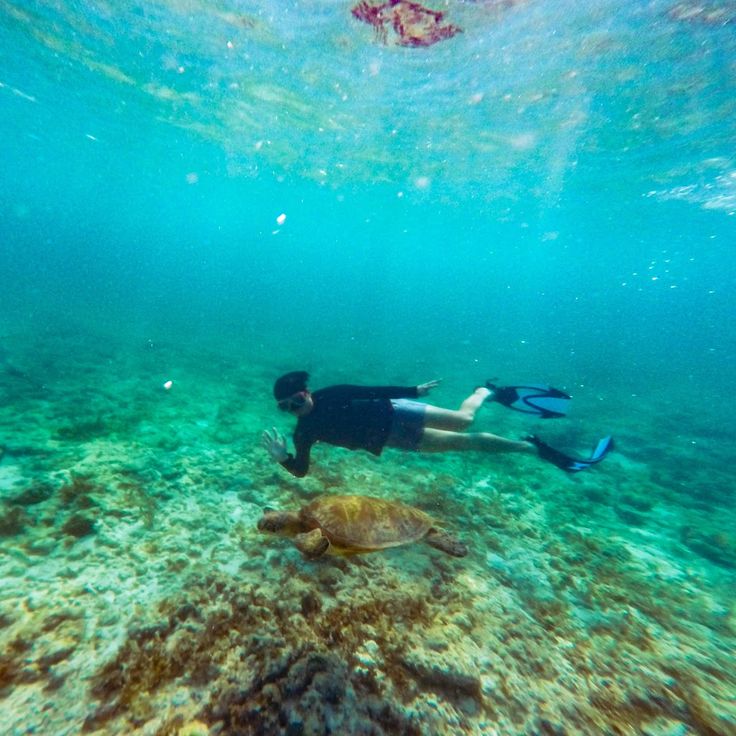
Cebu, Philippines
Fishing village on Cebu's west coast where thousands of sardines form shoals 30 meters off the shore.
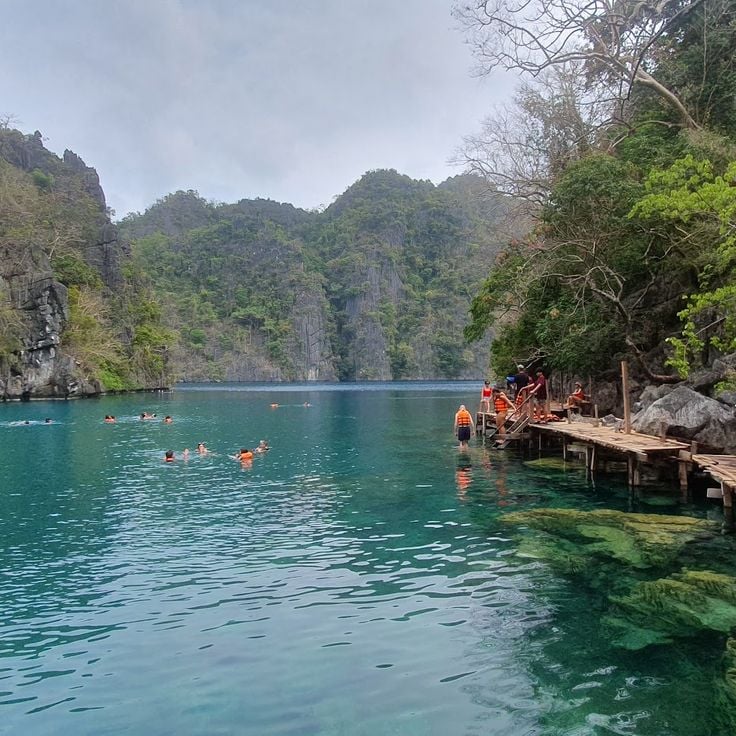
Coron, Philippines
Body of water both fresh and salty, surrounded by vertical limestone walls, accessible by a 300-step staircase.
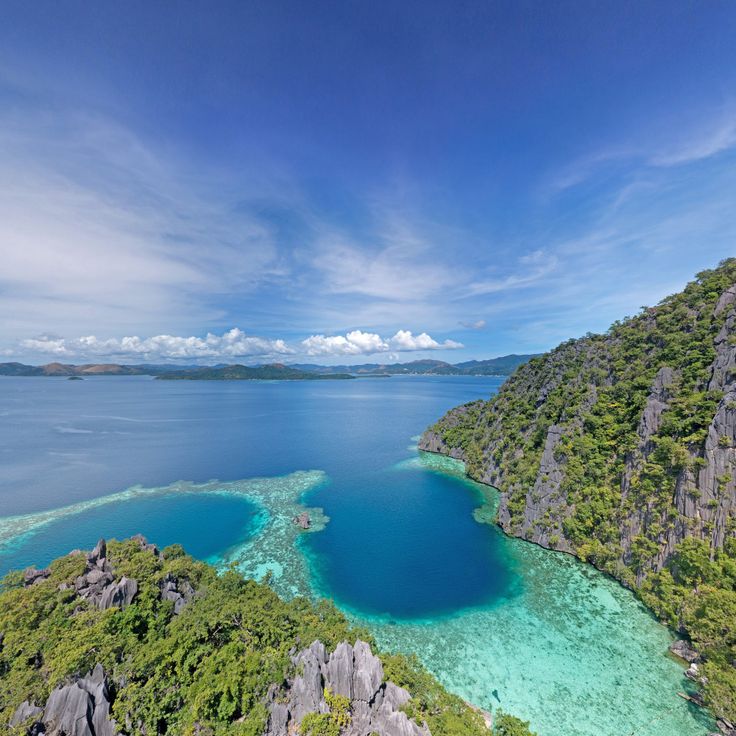
Coron, Philippines
Two lagoons connected by a natural underwater passage in limestone where warm and cold waters mingle.
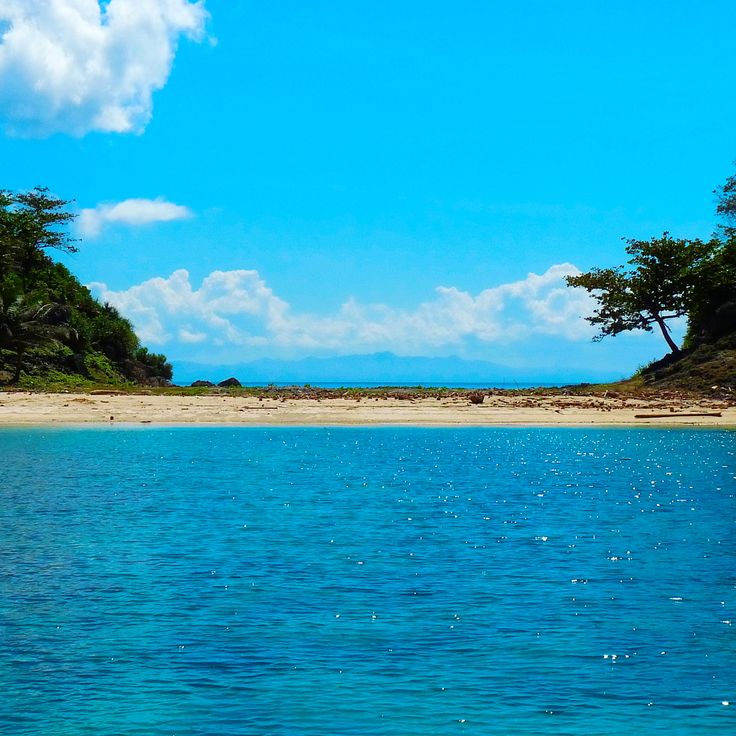
Masbate, Philippines
This island in Masbate province features beaches bordered by white sand and numerous diving sites to observe marine life.
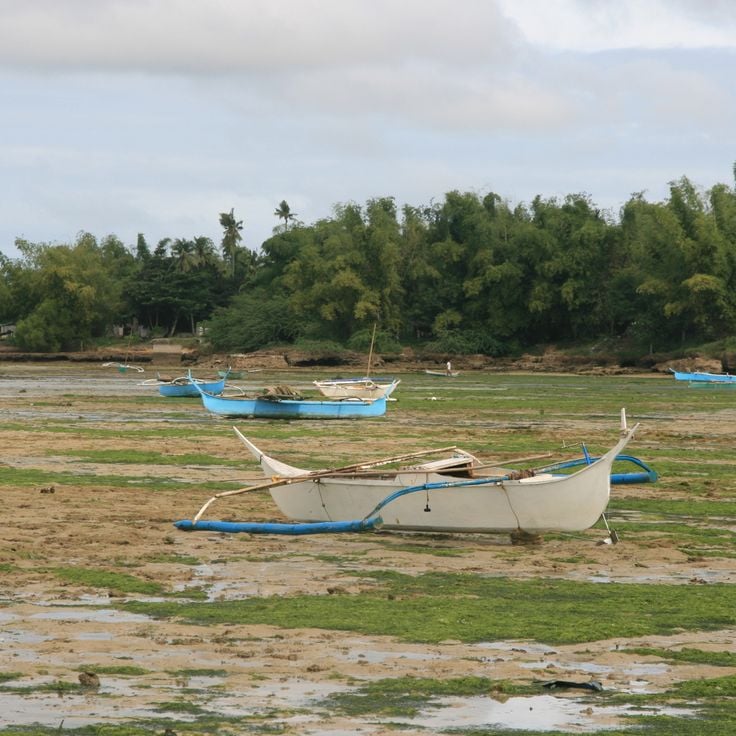
Cebu, Philippines
This tropical island north of Cebu is characterized by its white sandy beaches, turquoise waters, and fishing villages.
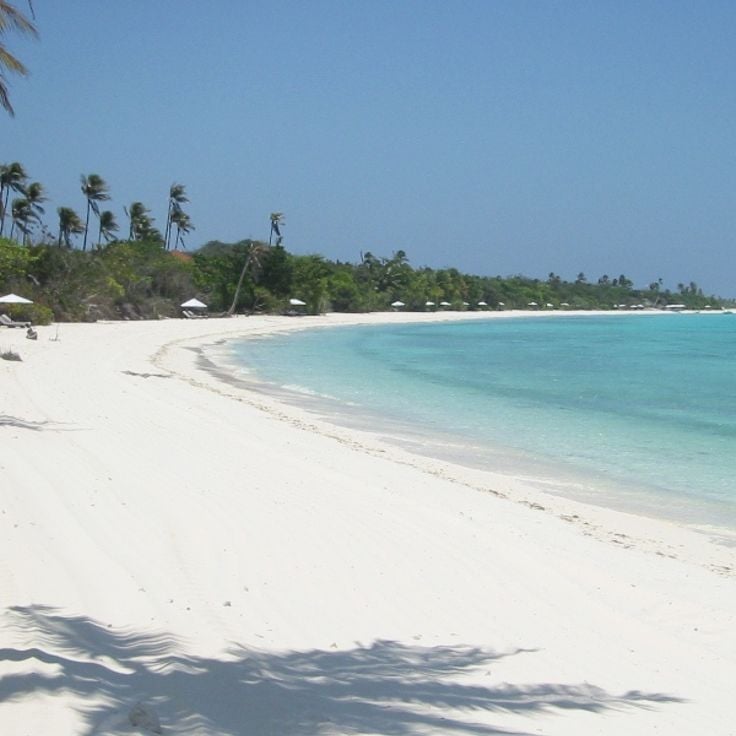
Palawan, Philippines
This private island in the Sulu Sea spans three kilometers in length and offers beaches and coral reefs.
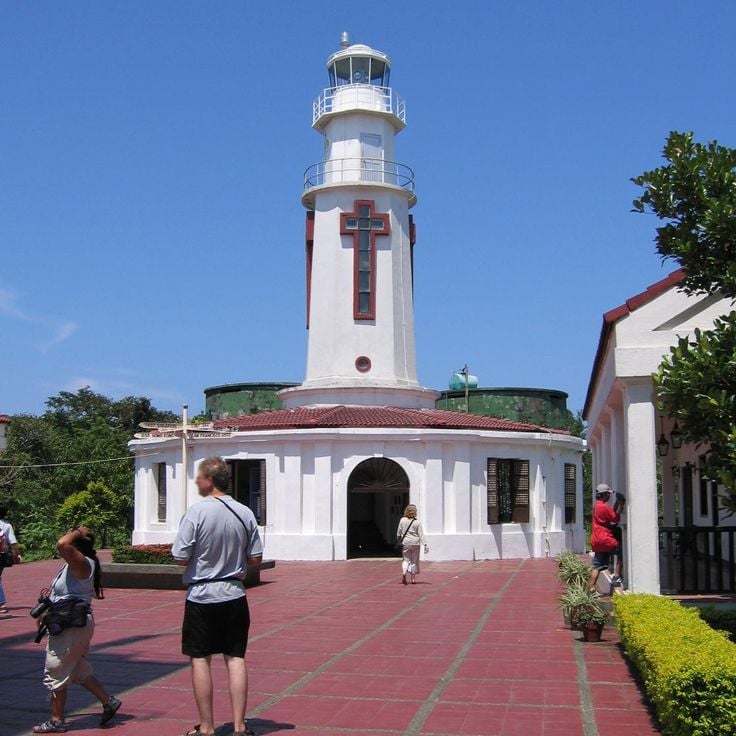
Manila Bay, Philippines
This fortified island in Manila Bay houses bunkers, tunnels, and artillery batteries dating from World War II.
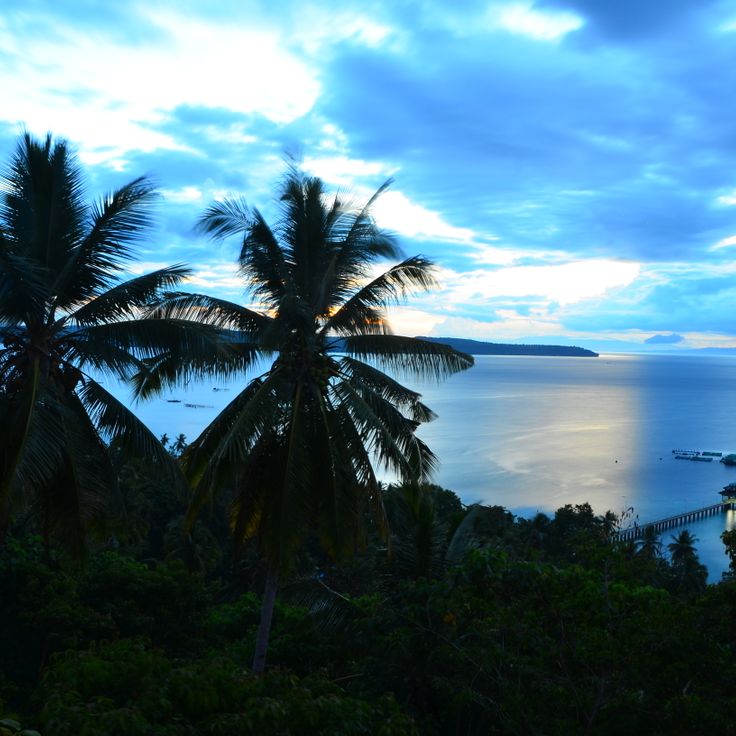
Davao del Norte, Philippines
This island located in the Davao Gulf offers coastal beaches, coral reefs, and several scuba diving sites.
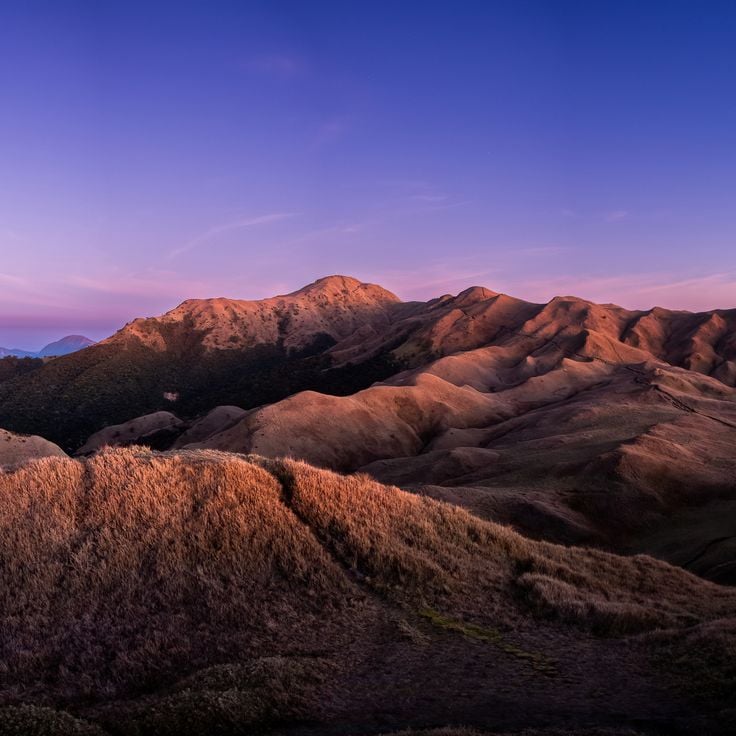
Luzon, Philippines
Summit peaking at 2926 meters altitude, Mount Pulag offers hiking trails through pine forests and grasslands.
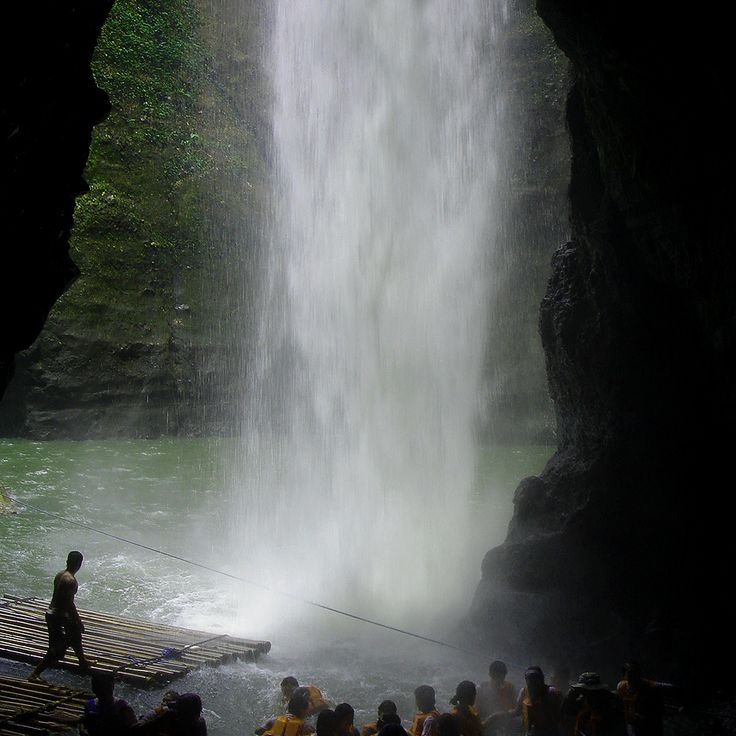
Luzon, Philippines
This 120-meter-tall waterfall is discovered by traditional canoe after navigating a river between cliffs.
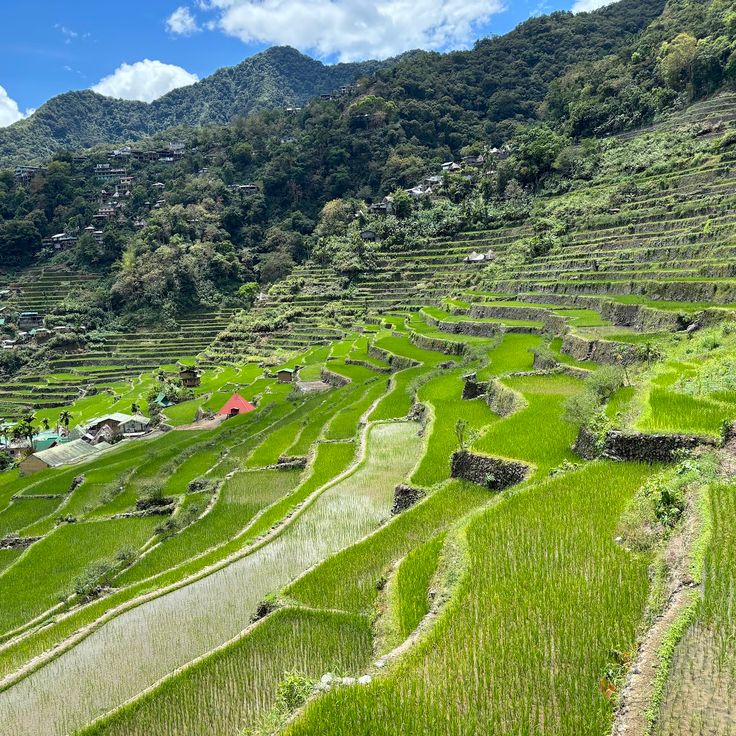
Luzon, Philippines
Mountain-side agricultural terrace system dating back 2000 years, created by the Ifugao people for rice cultivation in the mountainous region.
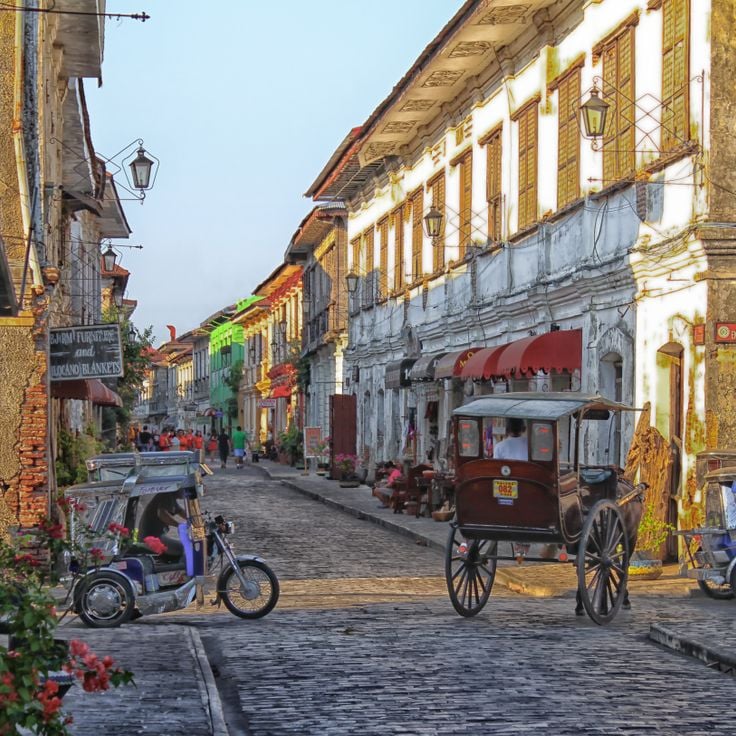
Luzon, Philippines
16th-century historical center with cobblestone streets, Spanish colonial houses, and mixed architecture listed as a world heritage site.

Palawan, Philippines
Group of 45 limestone islands and islets with vertical cliffs, surrounded by turquoise water lagoons, beaches, and coral reefs.